GlycoGREEN-βGal is a fluorescent probe to detect β-galactosidase activity. It is a nonfluorescent substrate for β-galactosidase enzyme and fluoresces upon the reaction with the enzyme. It is a cell permeable reagent and after the reaction, generated fluorophore associates with intracellular structures. Low cytotoxicity of this reagent enables live cell imaging without interferring cellular functions.
It is suitable for lacZ reporter gene screening, for the detection of β-galactosidase activity as a cancer cell marker, and for the detection of senescence-associated β-gal (SA-β-gal) activity.
Available through Merck KGaA (Darmstadt, Germany ) as:
SCT025 BioTracker™ 519 Green β-Gal Dye
![]()


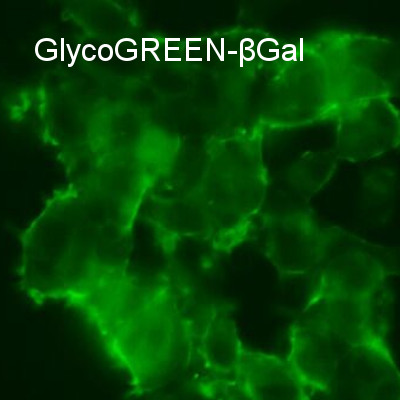


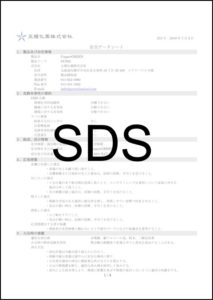


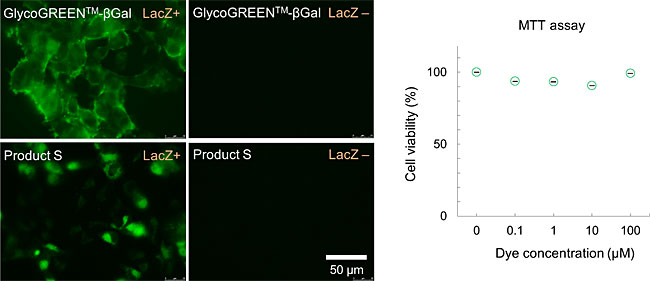

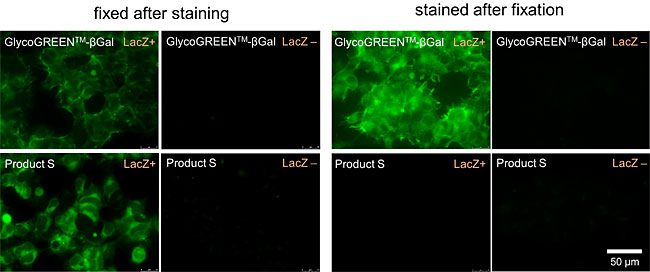
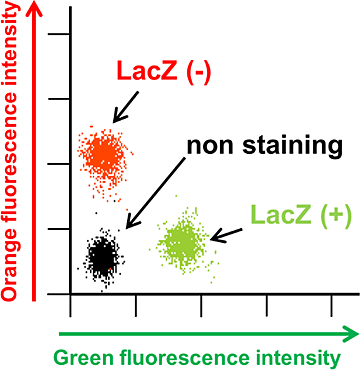

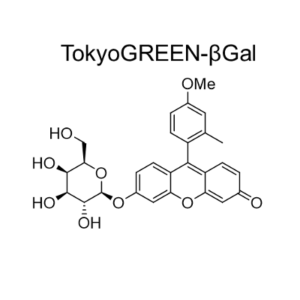
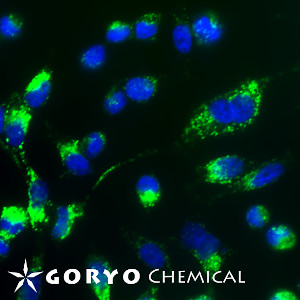
 Contact Us
Contact Us
